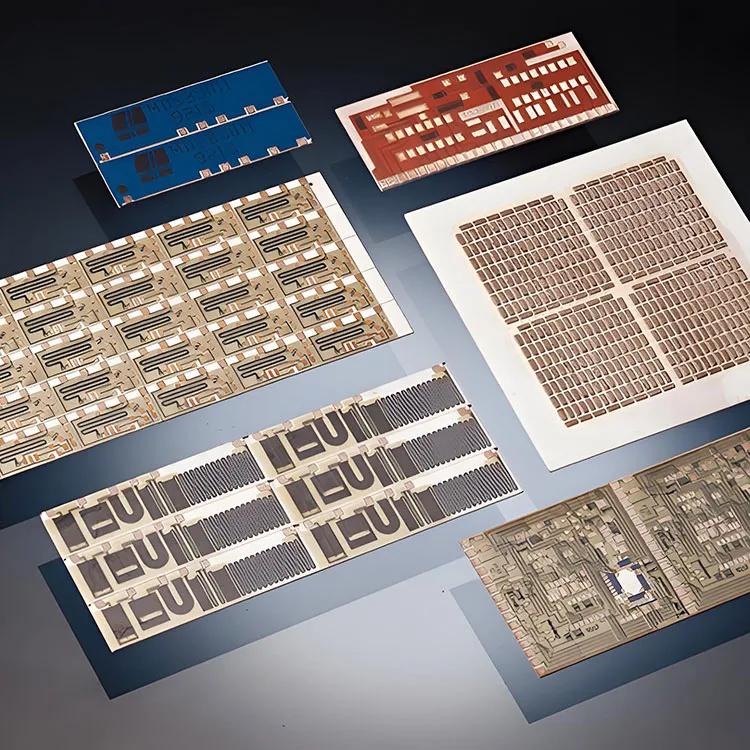Ceramic PCBs have many advantages, including high stability, high current carrying capacity, excellent thermal conductivity, low thermal resistance, low dielectric loss, excellent electrical performance and mechanical strength, etc.

High stability:Ceramic PCBs are manufactured by bonding copper foil to a substrate, this bonding is very strong and can prevent the copper foil from peeling off, so ceramic PCBs are very stable and reliable.
High current carrying capacity:Compared to traditional glass-epoxy printed circuit boards, ceramic PCBs have higher thermal conductivity and are able to effectively dissipate the heat generated by high-current copper traces.
Excellent thermal conductivity:The thermal conductivity of ceramic substrates can reach about 230 W/mK, depending on their material composition and preparation method, which enables ceramic PCBs to maintain a low temperature rise when handling high currents.
Low thermal resistance:Due to their high thermal conductivity, ceramic substrates exhibit low thermal resistance, which is particularly important for applications requiring efficient thermal management.
Low dielectric loss:Ceramic substrates exhibit low dielectric losses when subjected to electromagnetic fields, which makes them excellent in high-frequency applications.
Excellent electrical performance and mechanical strength:Ceramic materials have excellent electrical insulation properties as well as high hardness and strength, and can withstand harsh environments and mechanical stress.
In addition, ceramic PCBs also have the advantages of high thermal stability, good chemical corrosion resistance, and good high-frequency performance, which enable them to perform well in high temperature, high humidity, and corrosive environments, and are suitable for RF and microwave applications.
TradeManager
Skype
VKontakte
